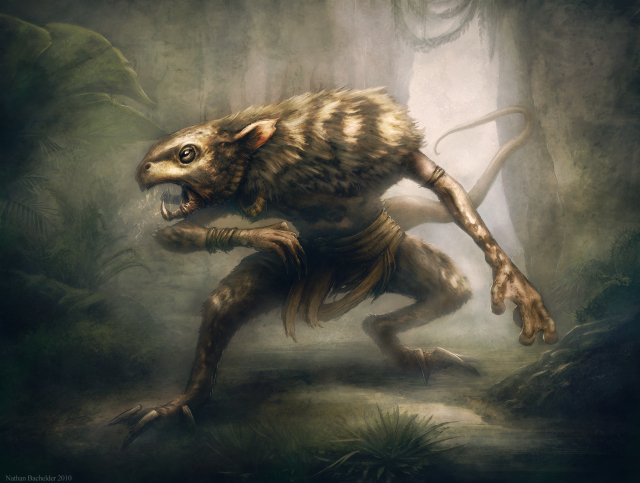How Gerbils Killed Millions February 25, 2015
Author: Beach Combing | in : Medieval , trackbackOne of the most exciting areas of plague research in the last year has been the question of what transmitted the Black Death from central Asia into the distant but well populated margins of Euro-Asia in the fourteenth century. The answer which has been patly trotted out for over a hundred years now is that a rat reservoir exploded in the Steppes. The rats carried plague bearing fleas and the fleas jumped on human hosts thus bringing the black death to you and me and before you know it good folk in Tipperary and Taiwan were writhing all over like extras in the Living Dead.
Beach wrote, long ago, a post on the first writer to blame rats… But that early post depends on the foolish assumption that rats really were to blame. This thesis has been attacked from various directions in the last four years. First, came the understanding that this was all hypothetical and that the bubonic plague (if the Black Death and bubonic plague are really one and the same thing) can spread by other means in the modern world: then, second, came a reckoning with the lack of evidence for large numbers of rats, not least archaeologically. Plague historians began to consider the possibility that the Black death was mainly spread human to human (perhaps by fleas or lice). However, there is now a supplementary theory, courtesy of some scholars at Oslo university, to push the rats further off the mass killer podium, where they keep getting in Hitler and Mao’s way: we refer, of course, to the gerbil (gerbillinae).
Those furry little bastards, Beach always knew there was something sinister about them…
In any case, back to the science. Disappointingly the research was not carried out on gerbils but on trees. Tree ring surveys from out of the University of Oslo have been taken to show that the climate in Europe was not amenable to rat explosions in the generation prior to outbreaks; and noted again that rats were often not reported as being around in any case, Scandinavia is particularly interesting in this respect. However, the plague years did often come about fifteen years after hot summers and wet springs in central Asia, hot summers and wet springs are apparently good for gerbils. The mechanism would have worked as follows. Gerbil populations exploded and with them fleas. When the gerbil populations crashed the fleas had to find new hosts and were soon bouncing on camels and people, carrying signs like ‘Florence 50%-75%’, ‘No sleep till London’ etc etc. Sadly, then, at least in aesthetic terms, the death rates in Europe were not caused by a sudden influx of gerbils running off ‘Scythian’ ships, they were just the last domino in a continent wide catastrophe. But who pushed the first domino: never forget this… gerbillinae, the only rodent to make hamsters look personable.
Two obvious problems with the Oslo thesis. First, fifteen years or so before an epidemic in Europe is necessarily vague. Second, the plague outbreaks are not always well established ones, they have been decided on by the team by studying various European plague documents with eyes towards outbreaks in ports (where boats from afar could bring fleas): this involves some assumptions, albeit it sensible ones.
Other black death theories: drbeachcombing AT yahoo DOT com
27 Feb 2015: LTM sends in this quote and a document New Light on the Black Death: “Another unhappy camper in the standard model is Gunnar Karlsson who, in 2000, pointed out that the Black Death killed between half and two-thirds of the population of Iceland, although there were no rats in Iceland at this time. (The History of Iceland by Gunnar Karlsson)” I enjoyed it and there’s a comet.



